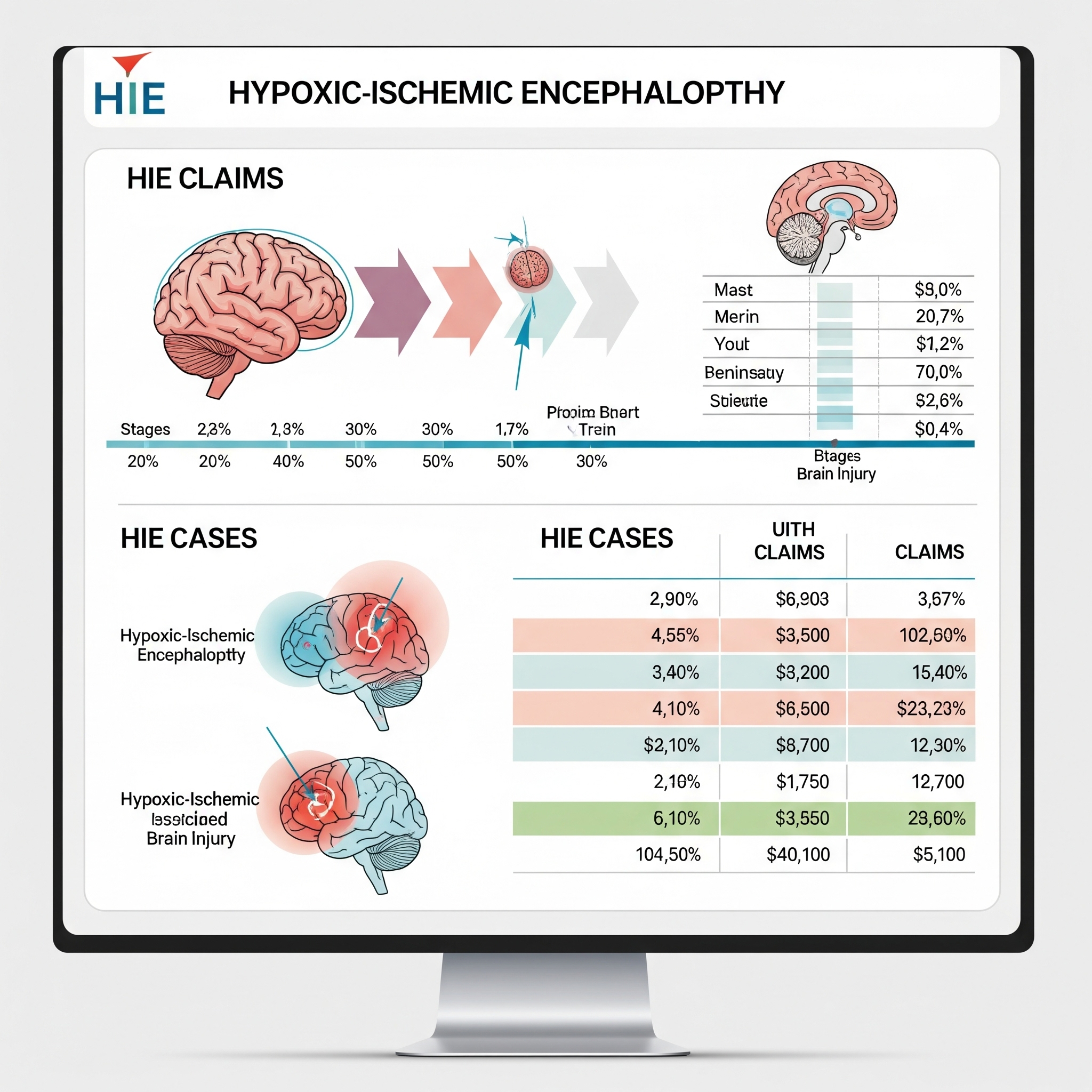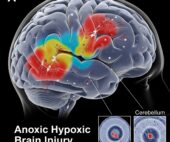Among the most devastating birth injuries, Hypoxic-Ischemic Encephalopathy (HIE) occurs when a newborn’s brain is deprived of sufficient oxygen and blood flow, often leading to severe neurological damage. For families grappling with this diagnosis, pursuing Hypoxic-Ischemic Encephalopathy Claims becomes a critical step towards securing lifelong care and justice. This article delves into the causes and diagnosis of HIE, and outlines the process of pursuing Hypoxic-Ischemic Encephalopathy Claims when medical negligence is suspected as the cause of this profound brain injury.
What is HIE and Why Lead to Hypoxic-Ischemic Encephalopathy Claims?
Hypoxic-Ischemic Encephalopathy (HIE) is a type of Brain Injury at Birth that results from a lack of oxygen and blood flow to the brain, leading to cell death and potential long-term impairments such as cerebral palsy, developmental delays, epilepsy, or cognitive disabilities. While HIE can arise from various factors, many cases are preventable and occur due to medical errors during pregnancy, labor, or delivery. When medical negligence causes or exacerbates HIE, families may have grounds for Hypoxic-Ischemic Encephalopathy Claims.
Common Causes Leading to Hypoxic-Ischemic Encephalopathy Claims:
- Umbilical Cord Problems: Compression, knotting, or prolapse of the umbilical cord, cutting off oxygen supply.
- Placental Issues: Placental abruption (detachment) or placenta previa, leading to insufficient oxygen delivery.
- Maternal Health Conditions: Severe maternal hypotension (low blood pressure), preeclampsia, or uncontrolled infections.
- Prolonged or Difficult Labor: Extended labor that puts excessive stress on the baby, or delayed delivery after signs of distress.
- Improper Fetal Monitoring: Failure to diligently monitor fetal heart rate or respond appropriately to signs of fetal distress by nursing staff, which can be a key aspect of Nursing Negligence Birth Injury.
- Delayed C-Section: Failure to perform a timely Cesarean section when fetal distress or other complications warrant it.
Diagnosing HIE and the Basis for Hypoxic-Ischemic Encephalopathy Claims
The diagnosis of HIE is crucial for Hypoxic-Ischemic Encephalopathy Claims. It typically involves:
- Clinical Signs at Birth: Low Apgar scores, seizures, abnormal muscle tone, or difficulty breathing immediately after birth.
- Neuroimaging: MRI scans of the brain can reveal the extent and location of brain damage indicative of HIE.
- Blood Gas Analysis: Testing the baby’s blood for signs of acidosis (too much acid), which indicates oxygen deprivation.
- Medical Records Review: A thorough review of Medical Records Birth Injury Claim elements, including fetal monitoring strips, doctor’s notes, and nursing charts, is paramount. This can reveal the timeline of oxygen deprivation and whether timely interventions were missed.
For Hypoxic-Ischemic Encephalopathy Claims, proving that the HIE was caused by a deviation from the standard of care requires the detailed analysis of Expert Witnesses Birth Injury Lawsuits rely upon, including neonatologists and pediatric neurologists.
Pursuing Hypoxic-Ischemic Encephalopathy Claims: Legal Recourse
If your child’s HIE was preventable due to medical negligence, pursuing Hypoxic-Ischemic Encephalopathy Claims can provide critical financial resources. A successful claim for birth injury compensation can cover:
- Lifelong Medical Care: Extensive costs for ongoing medical treatments, medications, and surgeries.
- Therapies: Physical, occupational, speech, and other specialized therapies crucial for Life Care Planning Birth Injury survivors.
- Specialized Equipment: Wheelchairs, adaptive technologies, and communication devices.
- Lost Earning Capacity: Compensation for the child’s inability to work as an adult.
- Pain and Suffering: For the child’s physical and emotional distress.
The statute of limitations for birth injury claims applies to HIE cases, emphasizing the need for prompt legal consultation to ensure all deadlines are met.
If you want to call us and book a free call to discuss Hypoxic-Ischemic Encephalopathy Claims and your legal options, contact here: Contact Trusted Birth Injury Lawyers | CPFamilyHelp
Frequently Asked Questions (FAQ) about Hypoxic-Ischemic Encephalopathy Claims
Is all HIE caused by medical negligence?
No, not all HIE is caused by negligence. However, a significant portion of Hypoxic-Ischemic Encephalopathy Claims arise from situations where medical professionals failed to act appropriately or timely during critical moments of labor and delivery.
What is the long-term outlook for a child with HIE?
The long-term outlook for a child with HIE varies greatly depending on the severity of the initial brain damage. It can range from mild learning difficulties to severe cerebral palsy and profound cognitive impairments. This directly impacts the potential compensation in Hypoxic-Ischemic Encephalopathy Claims.
How quickly after birth is HIE usually diagnosed?
While some signs of HIE are present at birth, a definitive diagnosis often involves brain imaging (MRI) and observation over the first few days or weeks of life. Early diagnosis is key for Hypoxic-Ischemic Encephalopathy Claims.
Can therapy improve outcomes for HIE?
Yes, early and intensive therapies (physical, occupational, speech) are crucial for children with HIE. They can significantly improve developmental outcomes and quality of life, forming a major component of Life Care Planning Birth Injury survivors need.
What kind of medical records are most important for Hypoxic-Ischemic Encephalopathy Claims?
Fetal heart monitoring strips, labor and delivery notes, Apgar scores, and postnatal neurological assessments are particularly vital. These form the core of the Medical Records Birth Injury Claim for HIE.




